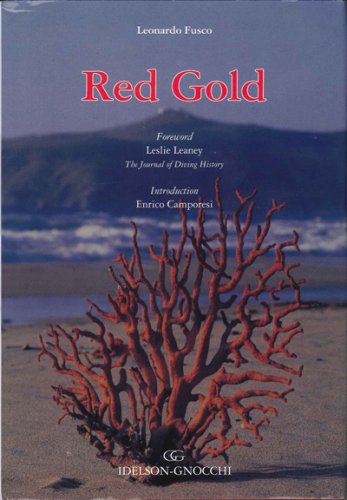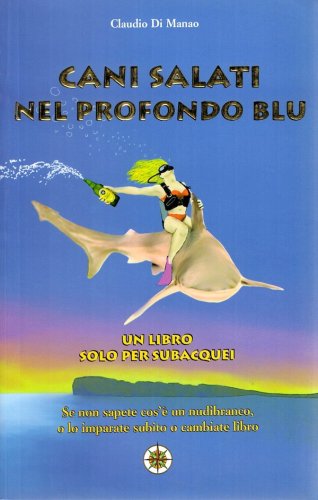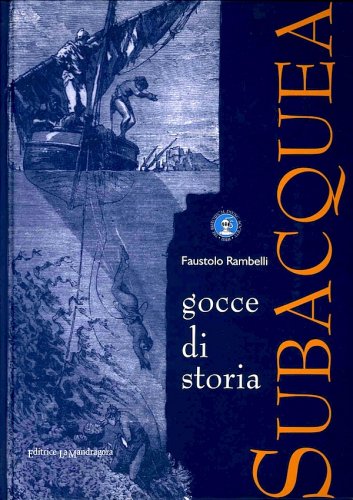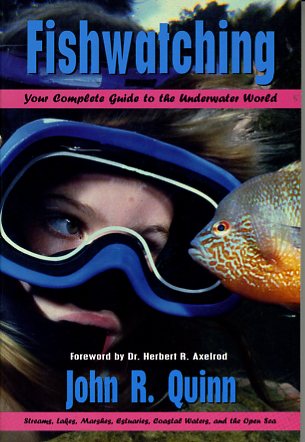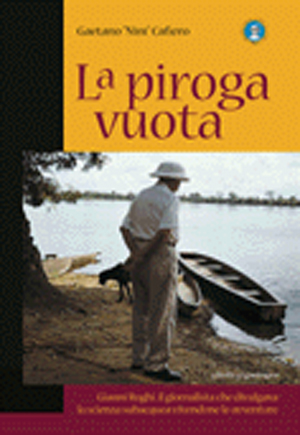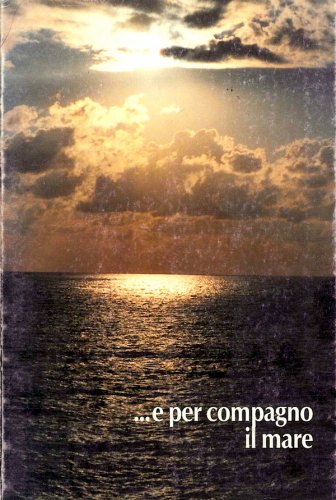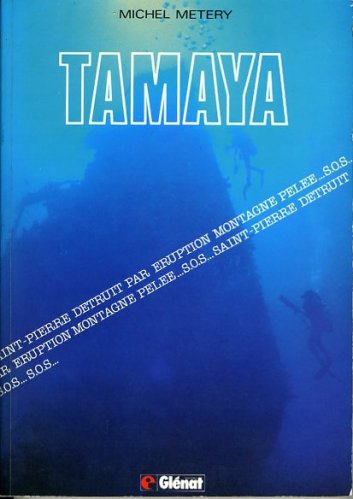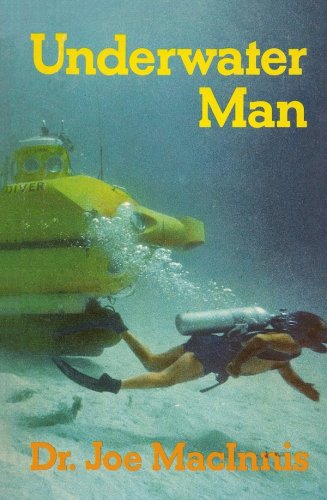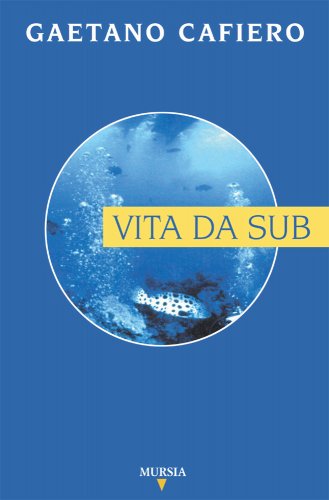Red gold
Red gold
- Disponibile in 48 ore
- Possibilità di reso entro 10 giorni lavorativi
- Transazione sicura con carta di credito, Paypal o bonifico bancario
- Spedizione tracciata con SDA
Leslie Leaney, The Journal of Diving History, Santa Barbara, California, USA. www.hds.org Leonardo Fusco entered the pristine Mediterranean Sea in 1949 and was hypnotized by the underwater beauty that he saw and by the surge of adventure that raced though his body. Lured by the challenge of exploring the Blue Cave at Palinuro he started freediving with home-made equipment, following the path that Austrian pioneer Professor Hans Hass had taken a decade earlier. History records that during 1930-1940 the early pioneers of untethered “swim diving” were mainly hunters, and developed their breath-hold endurance by chasing and spearing fish. Leonardo became one of these. Their athleticism and abilities underwater allowed them glimpses of a new world that hardy any humans had seen. The availability of the Cousteau-Gagnan Aqua Lung in Europe during the late 1940’s and early 1950’s gave these freedivers the ability to not only stay longer in their new world, but to dive much deeper into it. Exploration could last for more than one breath. This ability to stay longer and go deeper allowed a detailed exploration of the sea bed, and in the case of Leonardo, allowed him to create a new fisheries trade. He became, in essence, an underwater farmer of Red Coral. However, when harvesting the crop, no thought was directed at its re-cultivation or sustainability. It was not until later in his career that these issues came to the fore and redirected his energies. Before Leonardo entered the sea, Red Coral had been harvested for centuries from the ocean’s surface by a boat dragging a dredge and net, called The Cross of Saint Andrew, across the sea floor and snagging the coral in the net. In this style of fishing, the boat crew never saw what they were catching until they hauled the net up. It was random fishing that wrought random destruction of everything living on the sea floor, scarring it on an immense scale. A far more environmentally successful method of harvesting the red coral came about with the development of the deep sea diving helmet in the mid 1800’s. Since that period a few divers equipped with the traditional copper and brass diving helmet had gathered red coral from the depths by harvesting each branch face-to-face through the view ports of their helmets. However, their cumbersome equipment, and the air hose that attached them like a leash to the surface boat, restricted the range of underwater harvesting to a very limited area. Then in 1953, at Cape Spartivento, Leonardo Fusco made his first Aqua Lung dive, and everything changed. As spearfishing led Hans Hass to an underwater career of science, film and photography, so spearfishing led Leonardo to an underwater career of coral harvesting, marine biology, mixed gas technology and hyperbaric research. Diving to recover his lost speargun, Leonardo discovered a carpet of red coral, and his life took a whole new direction. Using the Aqua Lung, Leonardo became probably the first free-swimming underwater farmer, as he took to the deep dark depths of the Mediterranean to harvest crops of Red Coral in locations that had never been seen by human eyes. His were to be the first. They would not be the last. More divers quickly appeared and the underwater Red Gold Rush started. The harvesting methods developed by Leonardo and the divers who followed him were far less damaging to the surrounding marine environment, as they were able to select individual corals, but they were so effective that corals that had thrived for thousands of years were almost harvested to extinction.

